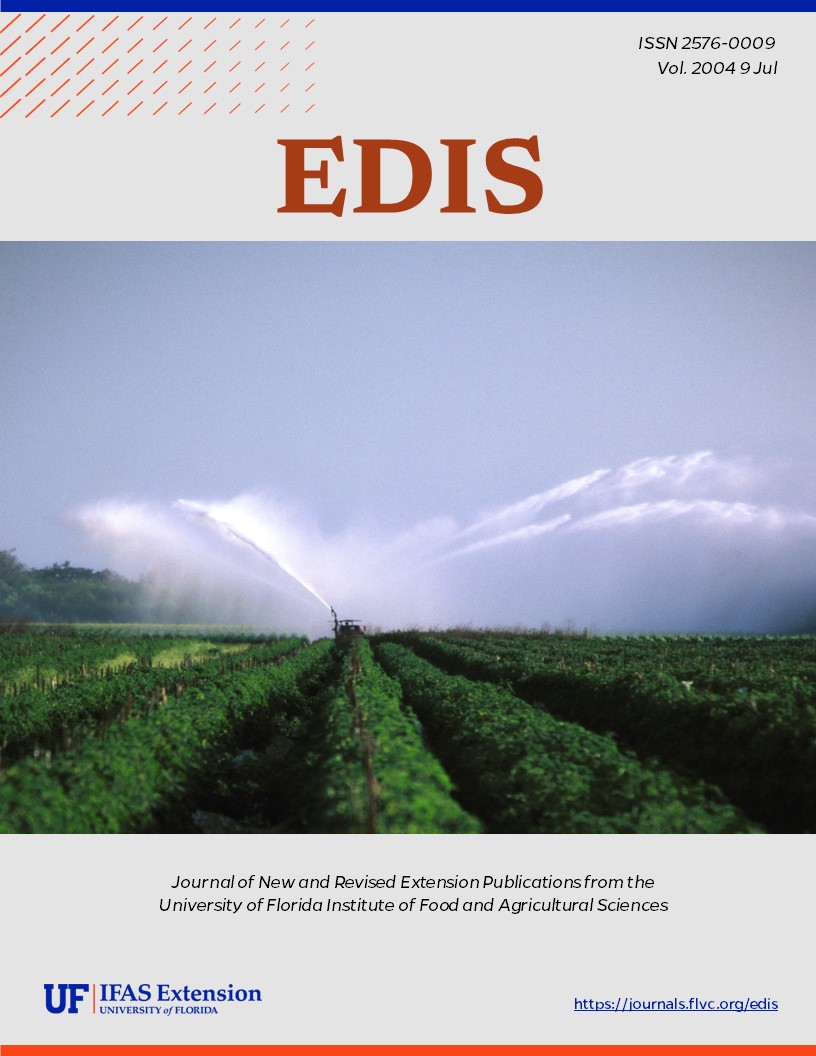Abstract
Most everyone is aware that flowers commonly produce nectar that is important in encouraging pollination as well as providing food for hummingbirds and insects. However, few people are aware of the extrafloral nectaries (EFN), nectar-producing glands physically apart from the flower (Fig. 1 and Fig. 2), that have been identified in more than 2000 plant species in more than 64 families. EFN glands may be located on leaf laminae
(Fig. 3), petioles (Fig. 4), rachids , bracts, stipules, pedicels (Fig. 5), fruit, etc., and their size, shape and secretions vary with plant taxa. Ants often use EFN (Fig. 6 and Fig. 7) and many fascinating studies are available that report the interactions of ants with EFN and the plant's enemies, herbivores. This document is one of a series of the Department of Entomolgy and Nematology, Florida Cooperative Extension Service, Institute of Food and
Agricultural Sciences, University of Florida. Publication date: March 2004.
ENY-709/IN175: Many Plants Have Extrafloral Nectaries Helpful to Beneficials (ufl.edu)
References
Bentley, B. L. 1977. Extrafloral nectaries and protection by pugnacious bodyguards. Ann. Rev. Ecol. Syst. 8:407-427 https://doi.org/10.1146/annurev.es.08.110177.002203
Pemberton, R. W. and N. J. Vandenburg 1993. Extrafloral nectar feeding by ladybird beetles (Coleoptera; Coccinellidae). Proc. Entomol. Soc. Wash. 95: 139-151.
Pemberton, R. W. and L. Lee. 1996. The influence of extrafloral nectaries on parasitism of an insect herbivore. Am. J. Botany. 83: 1187-1194. https://doi.org/10.1002/j.1537-2197.1996.tb13900.x
Rogers, C. E. 1985. Extrafloral nectar: entomological implications. Bull. Entomol. Soc. Am. 31: 15-20. https://doi.org/10.1093/besa/31.3.15
Unless otherwise specified, articles published in the EDIS journal after January 1, 2024 are licensed under a Creative Commons Attribution-NonCommercial-NoDerivs 4.0 International (CC BY-NC-ND 4.0) license.

